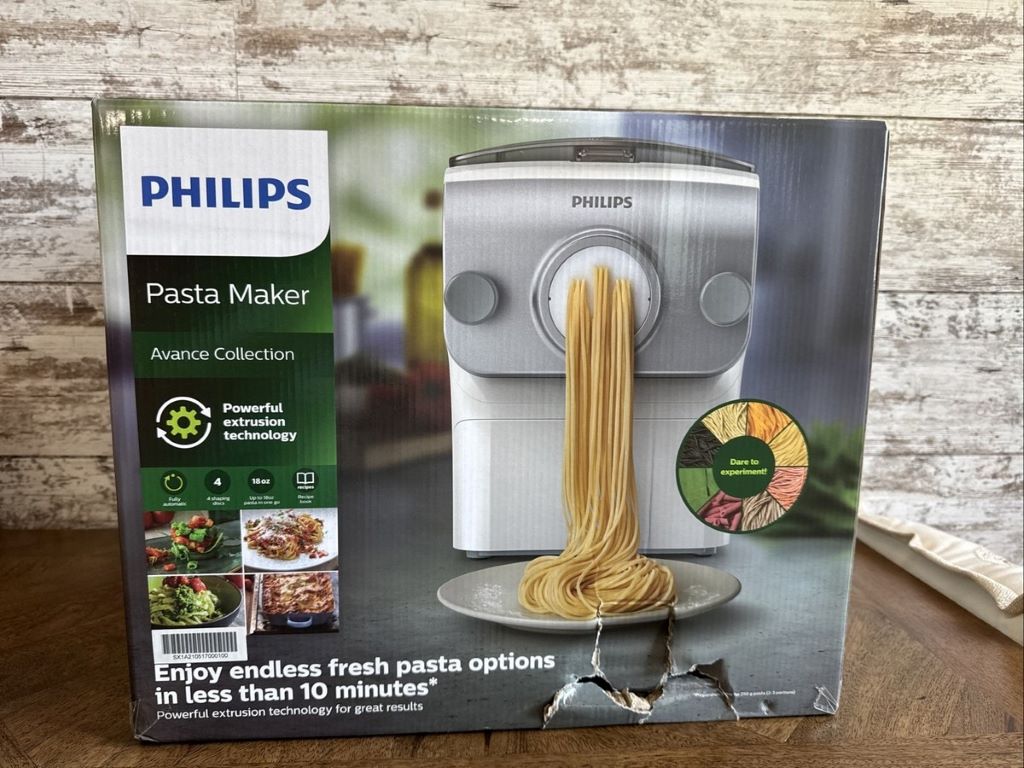Hide glue
As the name suggests it’s made from animal hides – an ancient and proven technology. Traditionally, it’s prepared by boiling granules and applied hot, but there are now liquid varieties to use cold. Its powerful flexible bonds are good for any product that will take strain and vibration – musical instruments for example.

A limitation is that it is not very water resistant. Another is that it does not grip surfaces quickly so you need to keep them firmly in place until it sets.
PVA
Polyvinyl acetate is what most people mean when they say “wood glue”. It isn’t very water resistant but in some projects this will be an asset as it’s easily wiped away with a damp cloth.
It sets white, so if this isn’t the colour you want you could consider a hybrid adhesive sealant instead and a coloured range is available here http://www.ct1ltd.com/.
Cyanoacrylates
Commonly called “superglue”, there are several varieties. Some make good metal bonding adhesive whilst others struggle to set on metal but work well for wood or bonding wood to metal and other mixed substrates. Speed is their greatest advantage – great for holding things in place during construction – but bonds are stiff and brittle. For temporary support, this can be an asset and a tap with a mallet is usually enough to part the join once you don’t want it.

Be aware of their chemical hazards and consider protective equipment before you start. Read a list of the warnings here https://householdproducts.nlm.nih.gov/cgi-bin/household/brands?tbl=brands&id=13010064.
Epoxy
Often thought of as metal bonding adhesive, epoxy is equally effective on wood and most other materials. These are the familiar two tube packets, resin and hardener, that you mix together before use. They are good on surfaces that fit together imperfectly because they easily squeeze into large gaps and yet still set at an even speed. Most have good water resistance and will set in damp conditions but surfaces should be reasonably dry before application. Epoxies that set more slowly have greater long-term strength.
Polyurethanes
These are activated by dampness so excellent on boats or anything exposed to rain and moisture. They also swell as they dry, sealing gaps, and set quickly, which is what you need in commercial construction projects or assembly lines.
Apply it carefully because it’s not easily removed.

